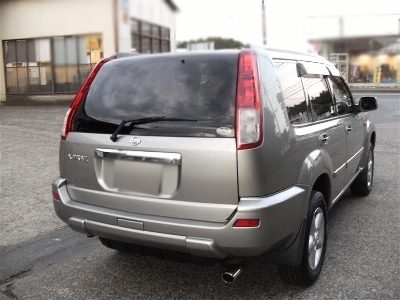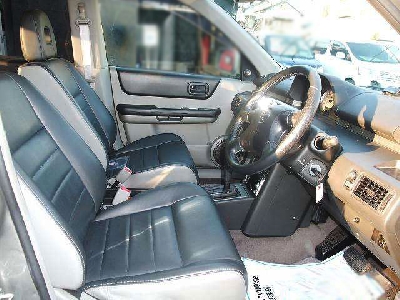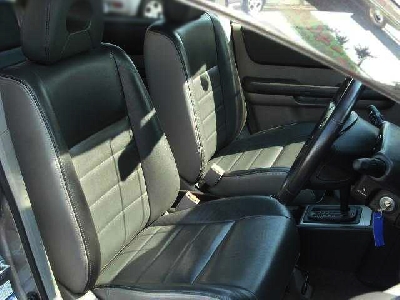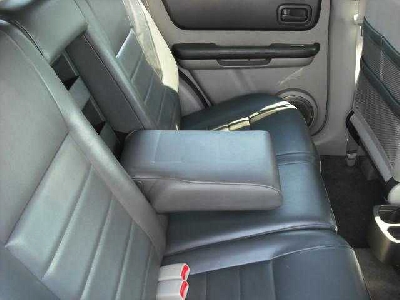The significant cost of graphics cards combined with the increasing dependence of applications on high-quality video content, such as Windows Aero, make it important for computer users to know how to properly diagnose a failing graphics card. Luckily, there are simple signs and tests that can be performed by any computer user to make the determination that a new graphics card is needed.
Read more: Signs of a Dying Graphics Card | eHow.com http://www.ehow.com/about_5410687_signs-dying-graphics-card.html#ixzz1mbBeKhdG

Read more: Signs of a Dying Graphics Card | eHow.com http://www.ehow.com/about_5410687_signs-dying-graphics-card.html#ixzz1mbBeKhdG
Loud Fan Noises
- If the graphics card is presenting with louder than normal fan operation it can be a sign of a dying graphics card. Typically, graphics cards will increase their fan speed if the GPU temperature begins to reach a critical limit. The cause of this is often dust and dander that have collected on the blades of the graphics card cooling fan. Though this is not a direct indication of a dying graphics card, running a graphics card in a high-temperature state can quickly destroy the GPU. A simple test to determine if your GPU has been thermally damaged is to clean the graphics card's fan using a can of compressed air. If the sound is no longer present then the noise was caused by dust and not a failing graphics card.
Artifacts
- Graphical artifacts are sections of misrendered pixels that stand out significantly when displayed on the computer's monitor. The presence of graphical artifacts is symptomatic of a failing graphics card. Artifacts usually show up as randomly miscolored pixels in a mosaic-like pattern. The presence of artifacts signify that any one of the graphics card subsystems--such as its memory or GPU--has failed.
Misplaced Textures
- Graphical textures are the color patterns applied to 3D geometry to give it the look of skin or clothing. The graphics card's texture engine and texture memory are responsible for aligning the texture pictures to the geometry's edges. Missing textures or textures that are applied incorrectly can occur when a graphics card is failing. Misaligned textures severely distort the image rendered onto the computer monitor and are easily seen.
Blue Screen of Death
- Often a graphics card will not show signs of failure until it is stressed. Playing high-detail video games or performing parallel computing through CUDA, the Nvidia graphics programming technology, can stress the card into its failure state. If you perform these activities and you see a recurring BSOD or your computer completely freezes up, sometimes with a concurrent repeating sound clip, your graphics card may be on its way to a failure.
Testing and Recourse
- Utilizing a program such a 3D Mark Vantage will stress your graphics hardware and expose most failures during the benchmark. Also, simply loading a high-definition video game and changing all settings to the highest possible will adequately stress a graphics card to reveal failures if they exist.
If you find your graphics card is failing, you should contact the manufacturer immediately to discuss warranty terms and the possibility of getting an RMA. Surprisingly, most companies warranty their graphics cards for terms from three to five years. The EVGA graphics card company offers lifetime warranties on their merchandise.
Always check with your manufacturer and never assume you are beyond your warranty. Sometimes you may be given an exchange even if your warranty has expired in an effort for the company to keep your business.
Today's Featured Car

Jun Nakayama
Telephone Skype:+81-50-5539-9816
FAX : +81-34-578-9623
Homepage: http://www.prosperjp.com/
Facebook: https://www.facebook.com/profile.php?id=100001769568347Finding Japanese Used Cars? The Traders of Car to View and Auto Re-cooling vehicles?
We are just here, Being straight Forward to serve you. 24 Hours Every day.






